A wolf in your yard…
By Hugues Tennier, Officer in charge of the Department of Conservation and Education at Sepaq
If Mont-Tremblant National Park defines itself as 400 lakes in hills that wolves call home, it’s easy to imagine that living nearby means living in a forest world of lakes, hills and…wolves! Is that your reality?
Do you know someone who has seen wolves on Lac Tremblant or on the Domaine Saint-Bernard trails? Because yes, the largest national park in southern Quebec is characterized by animals typical of the mountainous masses of deep forests. The wolf is at the top of the food chain and may visit your municipality.
The latest studies done in the park show that this large predator is not doing very well. It depends heavily on the land outside its territory. None of the wolves find the national park to be enough to meet their needs. To meet their needs, they leave it from time to time. As a result, the adults are exposed to human-related mortality: road accidents, hunting, trapping, poaching. Close to 35 per cent of the wolves studied by the park team died at the hand of man in recent years.
The balance of the packs becomes destabilized, particularly when a victim is a member of a reproductive couple. Quite often, there are only two or three wolves in a pack at winter’s end. That year’s cubs have an enormous natural mortality rate.
Another danger stalks the wolves, this one genetic. Since the ’40s, coyotes have colonized Quebec. They don’t mind the wolves, and have now settled in the region. The ongoing destabilization of the wolf packs forces the wolves to seek other Canidae so as to reproduce. As the packs are unable to protect their territories from coyotes, the genes circulate among the two species: there is crossbreeding.
Wolves must encounter other wolves to maintain a good genetic profile. It is known that wolves from the park have visited the Mauricie National Park, the area around the Papineau-Labelle wildlife preserve, and even Lac Saint- Jean. These exchanges are needed to prevent inbreeding. To move around, they need forest corridors. Making it across Hwy 117 is difficult, if not impossible, for a pack of wolves and cubs.
We now know that healthy wolf packs have a significant impact on biodiversity. They support the fox and not the coyote. They create fear in deer, which become more cautious and gather in small “yards”. The wolf packs regulate the populations of their prey and limit overabundance, thus allowing vegetation to become denser.
They attack sick and weak animals, thus limiting the spread of diseases – such as Lyme disease – while promoting the well-being of strong, healthy animals. So yes, against all expectations, healthy wolf packs stimulate the development of handsome male deer with nice antlers!
Are you tired of the deer who eat your plants and cedar hedges? Have you thought of hiring wolves? “What a funny idea,” you’ll say. And yet not one case of a wolf attacking a human has been documented in Québec in the past 100 years. When we see a wolf in the national park, it’s only for a few seconds…the time it takes for it to disappear. Our most longstanding employees have rarely seen a wolf in their entire career. Wolves are wary of humans; it’s visceral.
These animals need you for them to be healthy and provide you with a healthy environment. Don’t pay attention to the erroneous beliefs that wolves are dangerous, that they prevent the development of deer (read, trophies for hunters). Do you have a large property? You could consider a conservation measure to maintain its forest coverage.
Why not become interested in the organizations called Écocorridors laurentiens (see their website, click English) and Nature Conservancy Canada (NCC)? These organizations need financial help and volunteers for the connection of protected areas in this region.
To find out more: sepaq.com/mot/loups
Have a great winter, and…see you on one of our trails!
More from this author by clicking on his picture below.


Hugues Tennier4 Posts
Hugues Tennier est responsable du Service de la conservation et de l’éducation au parc national du Mont-Tremblant. Hugues Tennier is officer In charge of the Department of Conservation and Education at Mont-Tremblant National Park.
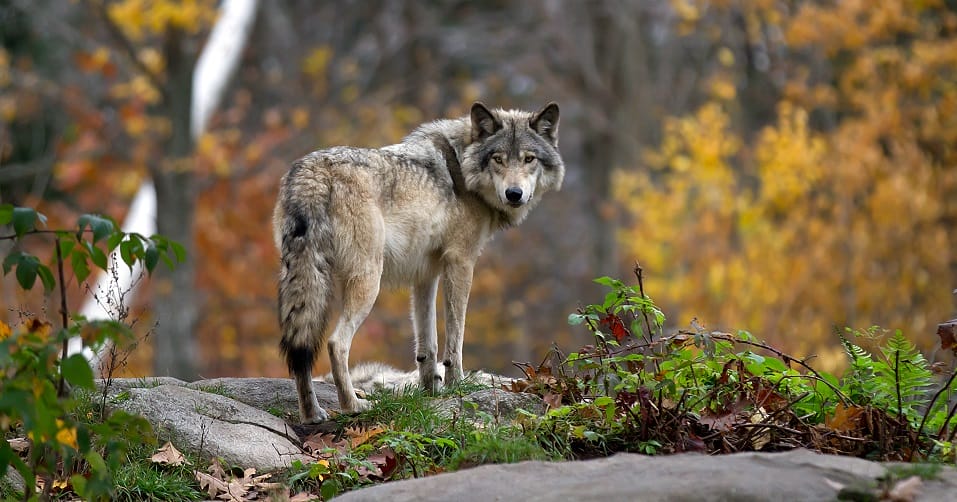


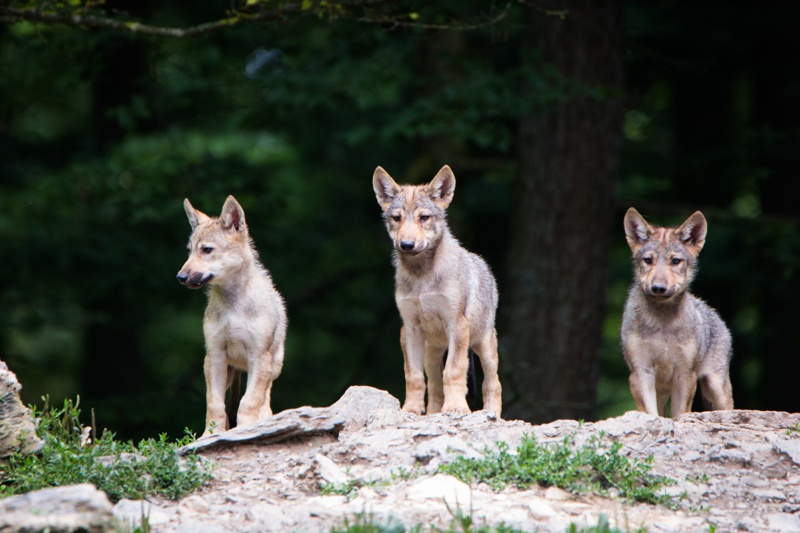
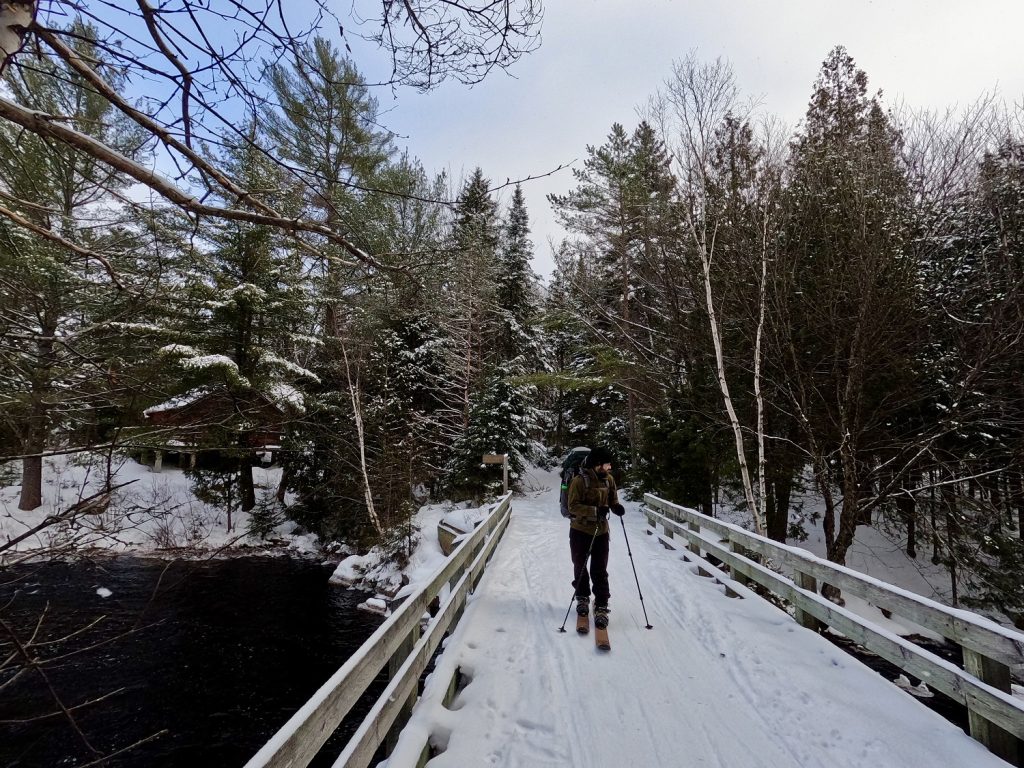
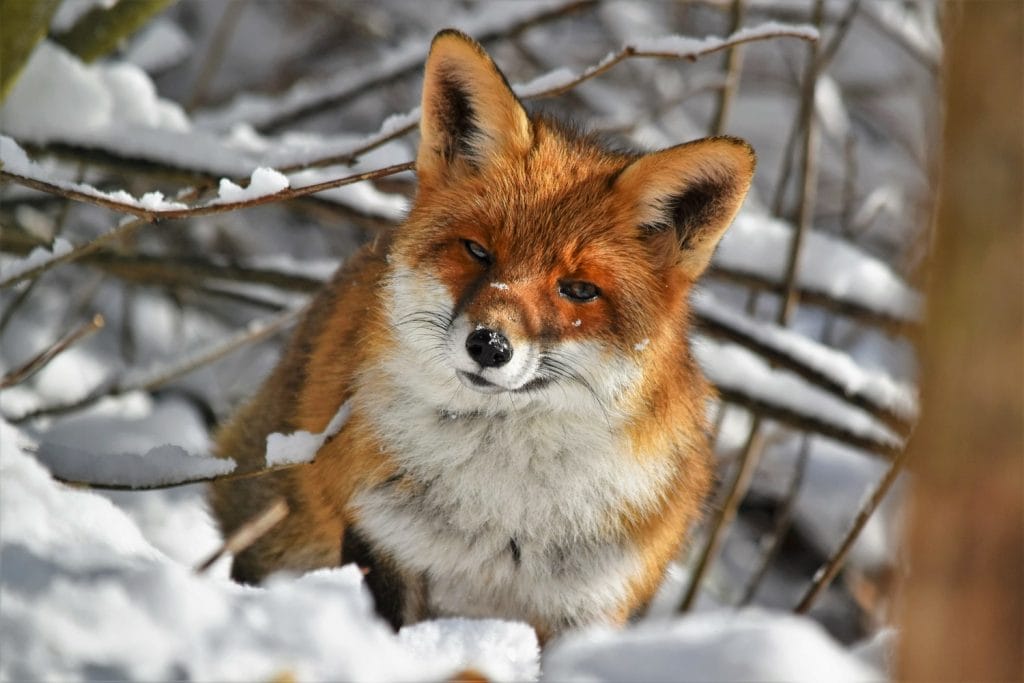

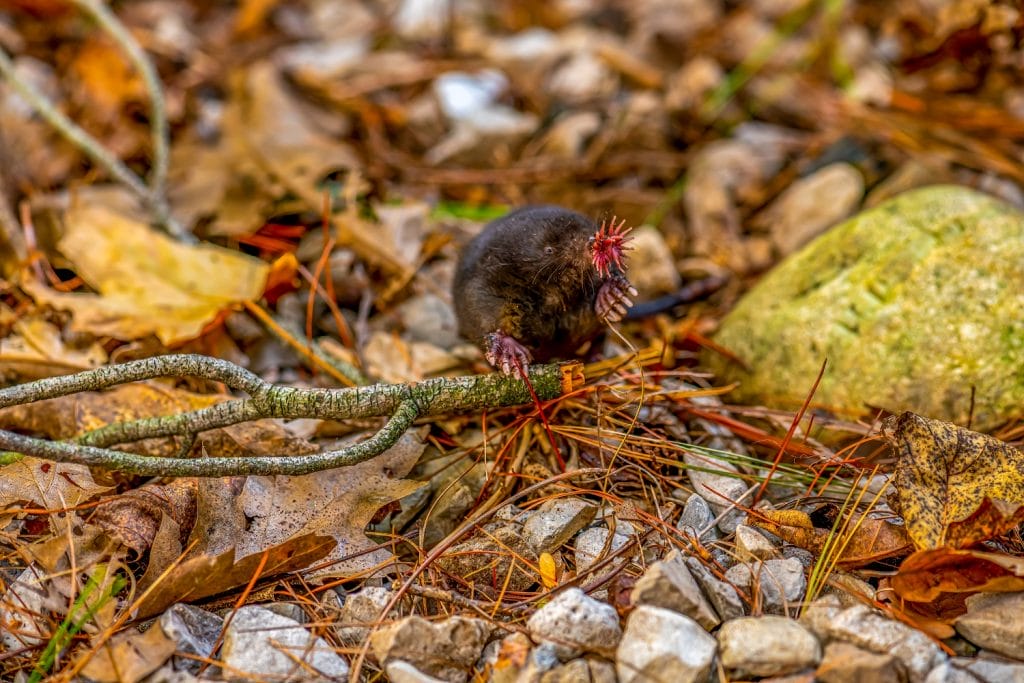

0 Comments